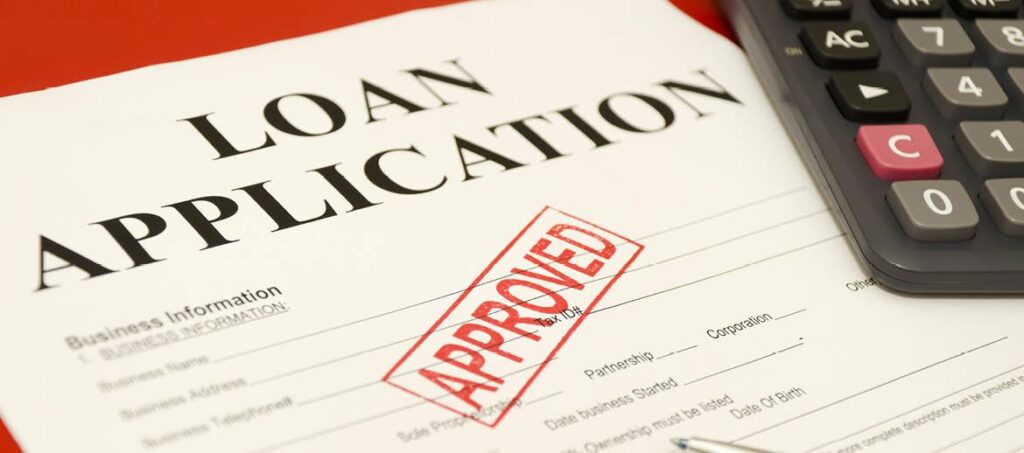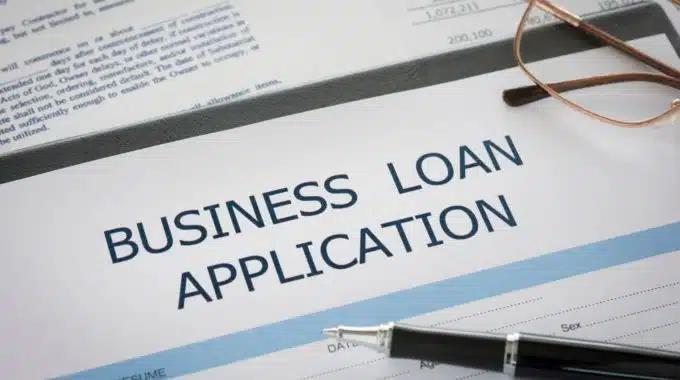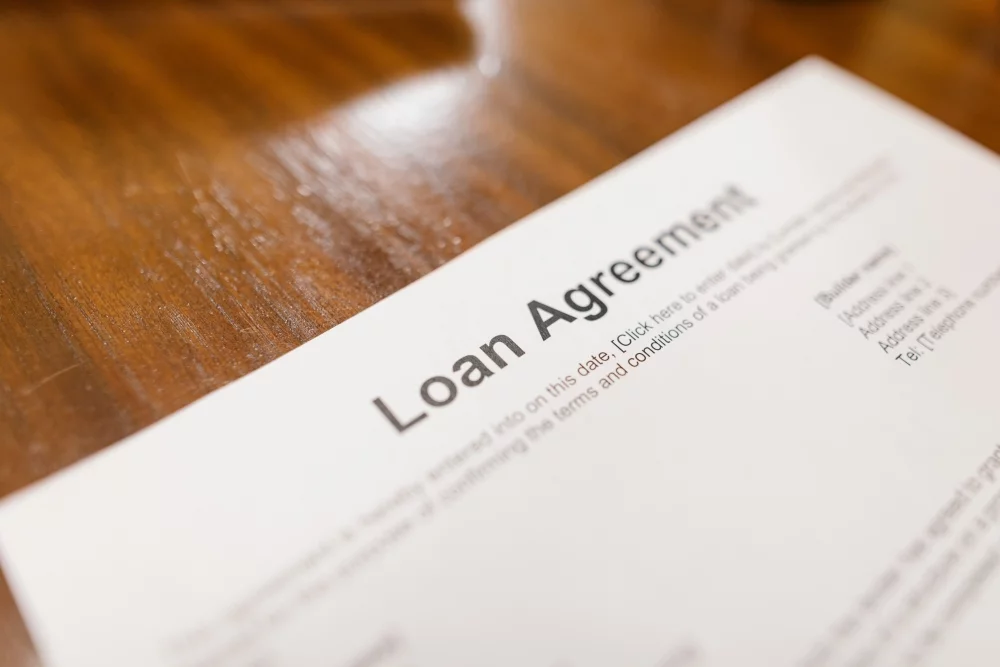The Bounce Back Loan Scheme (BBLS) loophole has enabled some individuals or businesses to exploit relaxed application procedures and eligibility criteria. This has allowed them to obtain funds dishonestly or for unauthorized purposes.
This loophole can lead to financial losses for lenders and taxpayers, as well as instability in the economy. Businesses misusing funds or obtaining loans fraudulently may face severe financial consequences, including insolvency.
Moreover, the loophole undermines the integrity of the scheme and erodes public trust in government support initiatives designed to aid businesses during crises. Regulatory responses are necessary. Enhanced due diligence and stricter monitoring are crucial to mitigate the impact of the loophole and safeguard the effectiveness of the BBLS.
What Is Bounce Back Loan Scheme?

The Bounce Back Loan Scheme (BBLS) was introduced by the UK government in response to the economic impact of the COVID-19 pandemic. Launched in May 2020, the scheme aimed to provide financial support to small and medium-sized enterprises (SMEs) struggling to cope with the economic fallout of lockdown measures and reduced consumer spending.
Here’s an overview to understand the scheme:
Origins and Purpose
The BBLS was part of a broader package of government interventions designed to safeguard businesses and jobs during the pandemic. It was specifically targeted at SMEs to ensure their survival and help them navigate the financial challenges posed by the crisis.
Eligibility Criteria
To qualify for a Bounce Back Loan, businesses need to meet specific eligibility criteria. These included being based in the UK and having been adversely affected by COVID-19. Additionally, they must not have been in financial difficulty as of December 31, 2019.
Additionally, businesses had to confirm they were not using other government support schemes, such as the Coronavirus Business Interruption Loan Scheme (CBILS).
Loan Terms and Conditions
The BBLS offered businesses access to loans ranging from £2,000 to £50,000, with a maximum repayment term of up to 6 years. The loans were interest-free for the first 12 months, and no repayments were due during this period.
After the initial 12-month period, businesses were required to repay the loan with a fixed interest rate of 2.5%.
Application Process
Applying for the Bounce Back Loan Scheme (BBLS) was as easy as filling out an online form. Instead of mountains of paperwork, businesses only needed to provide basic information about their finances and certify their eligibility. They could do this through accredited lenders, which streamlined the process and got funds to businesses quickly.
Plus, businesses could choose the loan amount that suited their needs, making it flexible and convenient. This simplified approach ensured struggling businesses could quickly access the help they needed. It eliminated unnecessary obstacles, ensuring support reached them swiftly during critical times.
Usage of Funds
The funds obtained through the BBLS were intended to support businesses with various expenses, including operational costs, rent, salaries, and working capital.
However, there were restrictions on the use of funds for certain purposes, such as debt repayment or dividend payments.
Impact and Effectiveness
The BBLS made a big difference for small businesses during tough times. Offering low-interest loans with friendly repayment terms, helped them stay afloat when revenues were down and uncertainty was high.
With these funds, businesses could cover essentials like rent and wages, preventing widespread closures and job losses. This not only saved individual businesses but also supported the overall economy, as small businesses are the lifeblood of many communities.
In short, the BBLS was a vital safety net that kept the business world spinning during a challenging period.
Challenges and Criticisms
While the BBLS was a lifeline for many, it wasn’t without its issues. One major concern was fraud, as the simple application process made it easier for dishonest folks to exploit the system.
There were also worries about businesses taking on too much debt, especially with uncertain economic conditions ahead. Some questioned the clarity of the rules, which led to confusion and potential misuse of funds.
Despite challenges, the BBLS played a crucial role in supporting businesses through the pandemic, highlighting the balance between aid and accountability.
Impact of the Bounce Back Loan Loophole

The impact of the Bounce Back Loan Scheme (BBLS) loophole can be significant
Financial Consequences for Businesses and Lenders:
Exploiting the Bounce Back Loan Scheme (BBLS) loophole can have significant financial repercussions for both businesses and lenders involved.
Businesses that misuse loan funds or fail to repay them may suffer financial consequences, such as accumulating debt, facing insolvency, and even risking closure.
Moreover, lenders that approve fraudulent or non-compliant loan applications risk incurring losses due to defaults and loan write-offs, undermining their financial stability and profitability.
Risks to the Economy and Taxpayers:
The exploitation of the BBLS loophole poses broader risks to the economy and taxpayers. Misuse of loan funds diverts resources away from legitimate business activities, reducing the effectiveness of the scheme in supporting economic recovery and job preservation.
Additionally, fraudulent activities undermine the credibility of government support initiatives, eroding public trust and confidence in financial assistance programs. Moreover, taxpayers may ultimately bear the cost of defaulted loans through government-backed guarantees, increasing public debt and fiscal strain.
Erosion of Trust and Integrity
The Bounce Back Loan Scheme loophole undermines the integrity of the financial system and erodes trust among stakeholders. Instances of fraud and abuse tarnish the reputation of the scheme and its participants, casting doubt on the effectiveness of government interventions in times of crisis.
In addition, fraudulent activities can fuel perceptions of unfairness and inequity, leading to social tensions and exacerbating economic inequalities. This can undermine community cohesion and resilience.
Regulatory and Reputational Risks
Businesses and lenders implicated in exploiting the BBLS loophole face regulatory scrutiny and potential legal consequences.
Regulatory authorities may impose sanctions or fines for non-compliance or fraudulent activities, harming the involved entities’ reputation and credibility.
Moreover, businesses found to have engaged in fraudulent behavior may face public backlash, loss of customer trust, and long-term reputational damage, impacting their ability to attract investors, partners, and customers in the future.
Mitigation Strategies for Businesses and Lenders

Mitigation strategies for businesses and lenders include
Enhanced Due Diligence:
Businesses and lenders should conduct thorough due diligence checks to verify the eligibility and financial viability of borrowers applying for Bounce Back Loans (BBLs).
This includes assessing the legitimacy of business operations, reviewing financial statements, and confirming adherence to scheme criteria. Lenders should implement robust risk assessment processes to identify potential red flags and mitigate the risk of fraudulent applications.
Transparent Communication:
Businesses should maintain transparent communication with lenders throughout the loan application process, providing accurate information and documentation to support their eligibility for BBLs.
Moreover, Lenders, in turn, should communicate clearly with borrowers about the terms and conditions of the loan, repayment obligations, and consequences of non-compliance. Clear and open communication helps to prevent misunderstandings and ensures alignment between borrowers and lenders.
Financial Planning and Budgeting
Businesses should develop comprehensive financial plans and budgets to manage BBL funds effectively and ensure compliance with scheme guidelines.
So, this involves identifying specific uses for the loan funds, prioritizing essential expenses, and monitoring cash flow to avoid overspending or misuse of funds. Lenders can support borrowers by providing financial planning resources and guidance on prudent budget management practices.
Risk Management Measures
Both businesses and lenders should implement risk management measures to mitigate the potential risks associated with BBLs. This includes implementing internal controls, such as segregation of duties, regular audits, and fraud detection systems, to identify and prevent fraudulent activities.
Further, businesses should also consider obtaining appropriate insurance coverage to protect against potential losses resulting from fraud or misuse of BBL funds.
Compliance with Regulatory Requirements
Businesses and lenders must ensure compliance with regulatory requirements and scheme guidelines governing BBLs. This includes adhering to eligibility criteria, reporting obligations, and disclosure requirements stipulated by regulatory authorities.
Businesses should maintain accurate records of loan usage and financial transactions to demonstrate compliance with regulatory standards. Lenders should also stay abreast of regulatory updates and guidance to ensure adherence to evolving compliance requirements.
Training and Education
Businesses and lenders should invest in training and education initiatives to enhance their understanding of BBLs and regulatory compliance requirements. This includes providing staff with training on fraud awareness, financial literacy, and ethical business practices.
Furthermore, they can offer educational resources and workshops to help businesses navigate the loan application process. Also, understand their rights and responsibilities, and mitigate fraud risks effectively.
Collaboration and Information Sharing
Businesses, lenders, and regulatory authorities should collaborate and share information to combat fraud and mitigate risks associated with BBLs. This includes sharing best practices, exchanging insights on emerging fraud trends, and collaborating on fraud prevention initiatives.
Regulatory authorities can facilitate information sharing through industry forums, working groups, and regulatory guidance to promote a coordinated approach to fraud risk management.
FAQ’s
How do I clear my bounce back loan?
Bounce Back Loans can only be cleared through a formal insolvency procedure. If you’re struggling to repay your Bounce Back Loan, you may explore options within insolvency frameworks.
How long does it take for a payment to bounce back?
Payments can bounce back within a few working days if there’s an error with the account details or if there are insufficient funds in the recipient’s account. Banks may prevent the transfer initially, or the money might move out of your account and return shortly after.
How to pay off Lloyds loan early?
To pay off your Lloyds loan early, you can do so through Internet Banking from a Lloyds Bank current or savings account. Ensure you pay the correct amount, including any accrued loan interest, and request an early settlement quote from the bank if needed.
Final Words
The Bounce Back Loan Scheme loophole poses risks of financial loss and instability. Exploiting this gap in the system can lead to severe consequences for businesses, lenders, and taxpayers alike. It undermines the purpose of the scheme and erodes trust in government support initiatives.
To address this, regulators must take decisive action, such as implementing stricter monitoring and enforcement measures. Businesses and lenders should also exercise caution and transparency to ensure the scheme benefits those genuinely in need. By closing this loophole, we can protect the integrity of the scheme and ensure that support reaches those who need it most.



